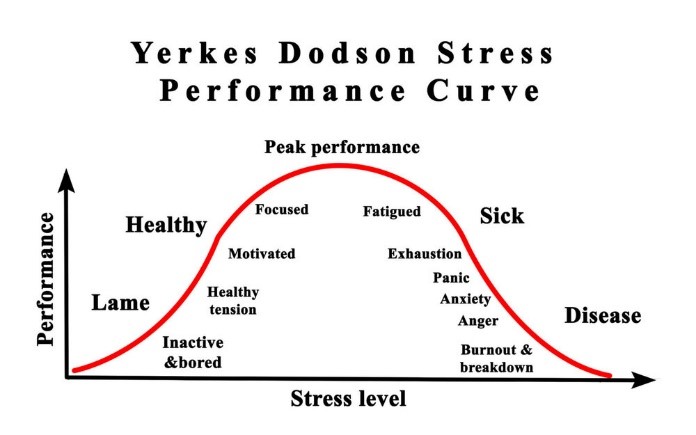Where do you draw the line between performance and pushing your team too far?
Whether you are managing a team at work, captaining your sports team, or leading a business, your leadership style is crucial to your success. Some leaders approach their team with a dominant and intense style, the other more laissez-faire, whatever approach we as leaders take, the goal is to use an approach that gets the best out of those that are around you in order to deliver the task at hand.
Most of us will have encountered ‘stretch’ goals at work, those seemingly impossible goals that can only be achieved with the sheer force of will. Stretch goals were designed to inspire something with us, a motivation to achieve challenging goals, whilst learning and growing along the way. How do stretch goals work? They ignite self-esteem, which often comes about from achieving difficult things, things you thought were beyond your reach. When you achieve a goal, one where you had to stretch yourself, it creates a sense of confidence and courage and you want to do it again. Google has become the modern face of stretch goals with its X unit and its clear philosophy: ?More often than not, [daring] goals can tend to attract the best people and create the most exciting work environments’stretch goals are the building blocks for remarkable achievements in the long term.?
As a leader, your job is to give your people the opportunity to experience that feeling of achievement and help employees grow. However, this is a managerial challenge to find the balance between stretch and strain in goal-setting. Stretch goals are often viewed as truly important sources of individual and organizational motivation and achievement, however, Harvard Business Review argues when leaders pursue stretch goals as a way of overcoming recent failure, they?re asking for trouble. A recent study found burnout to be the cause of up to 50 percent of cases of employee attrition. Turnover like this is costly, and maybe even more costly are those who lose engagement but choose not to leave immediately, often creating drag on the efforts of others.
The Yerkes?Dodson law is an empirical relationship between pressure and performance, originally developed by psychologists Robert M. Yerkes and John Dillingham Dodson in 1908. The model dictates that stress is entirely positive and will increase performance, but only up to a point. Once you hit that point where stress becomes too much, then performance plateaus out or declines. Your job as a leader of a team (even one person) is to get someone to that point where the stress is sufficient to release their performance, but not so much that it actually causes them to fail and their performance to decline.
How do we strike that balance between peak performance and too much stretch?
Goal setting isn’t a one-size-fits-all solution for waning performance and motivation. It’s all about the individual. Your role as a leader is to set goals with your people, to do this well you must undertake thorough planning and align goals to your team’s values, business strategy and individual personal development initiatives. It’s very important you and your team are aligned, and you work with your people to agree on the targets and objectives. You explain to them why the stretch is needed and you explain why it’s good for them. You paint a picture of why you believe they can do it, and why it’s important that they do. It’s up to managers to understand their team’s capabilities, resources, and resolve, and put employees in a position to succeed.
Giving your team stretch goals requires more of you as a leader as well, you need to coach and mentor those team members and push them a little bit harder than you would with a traditional goal. You must be confident you can get your people closer to that point of peak performance, where stress is optimised. In these coaching moments, you need to be aware of how the individual is coping, sometimes, the goals you set weren’t sufficiently challenging or it’s too stressful and burnout is inevitable. If your team does fail to meet its stretch goal, it’s important to learn from the experience and focus on solutions, rather than finding someone to blame.
As a leader, your objective is to set challenging goals and to have your people succeed, however, there is a fine line between success and stress, sometimes that line will crossover, your job is to know the point of peak performance.

